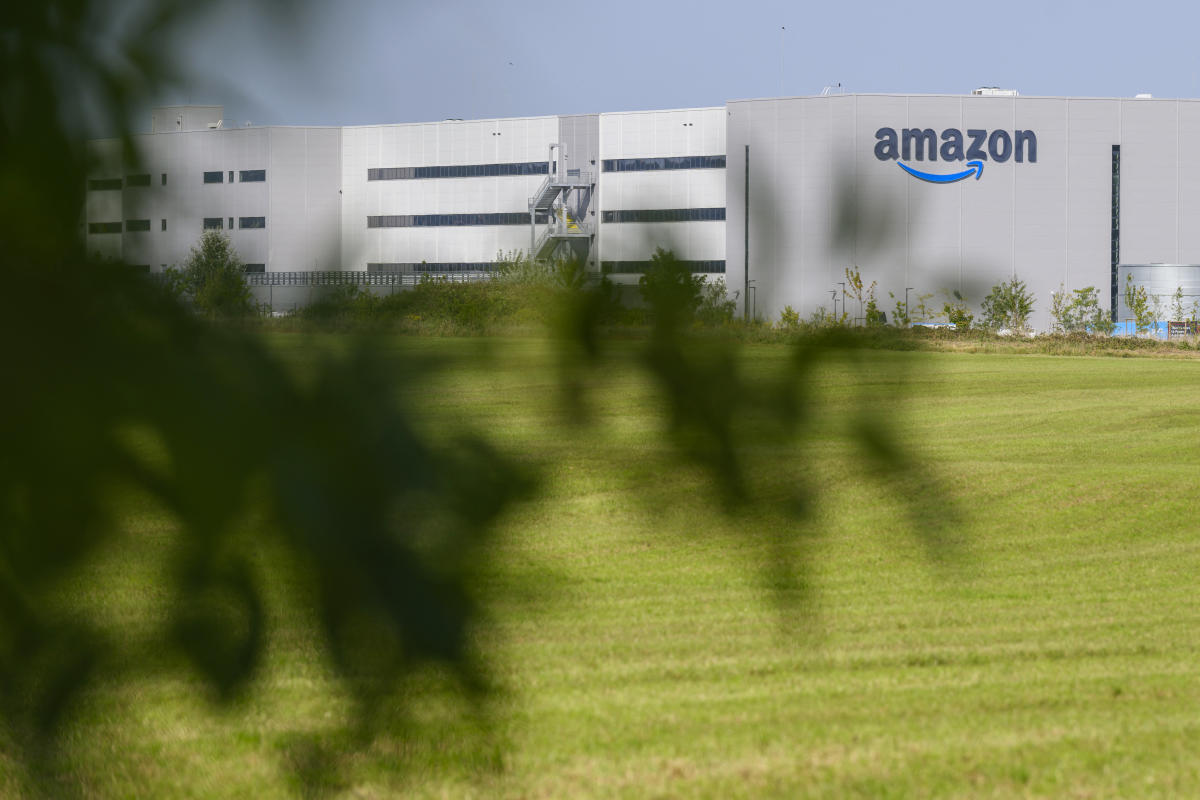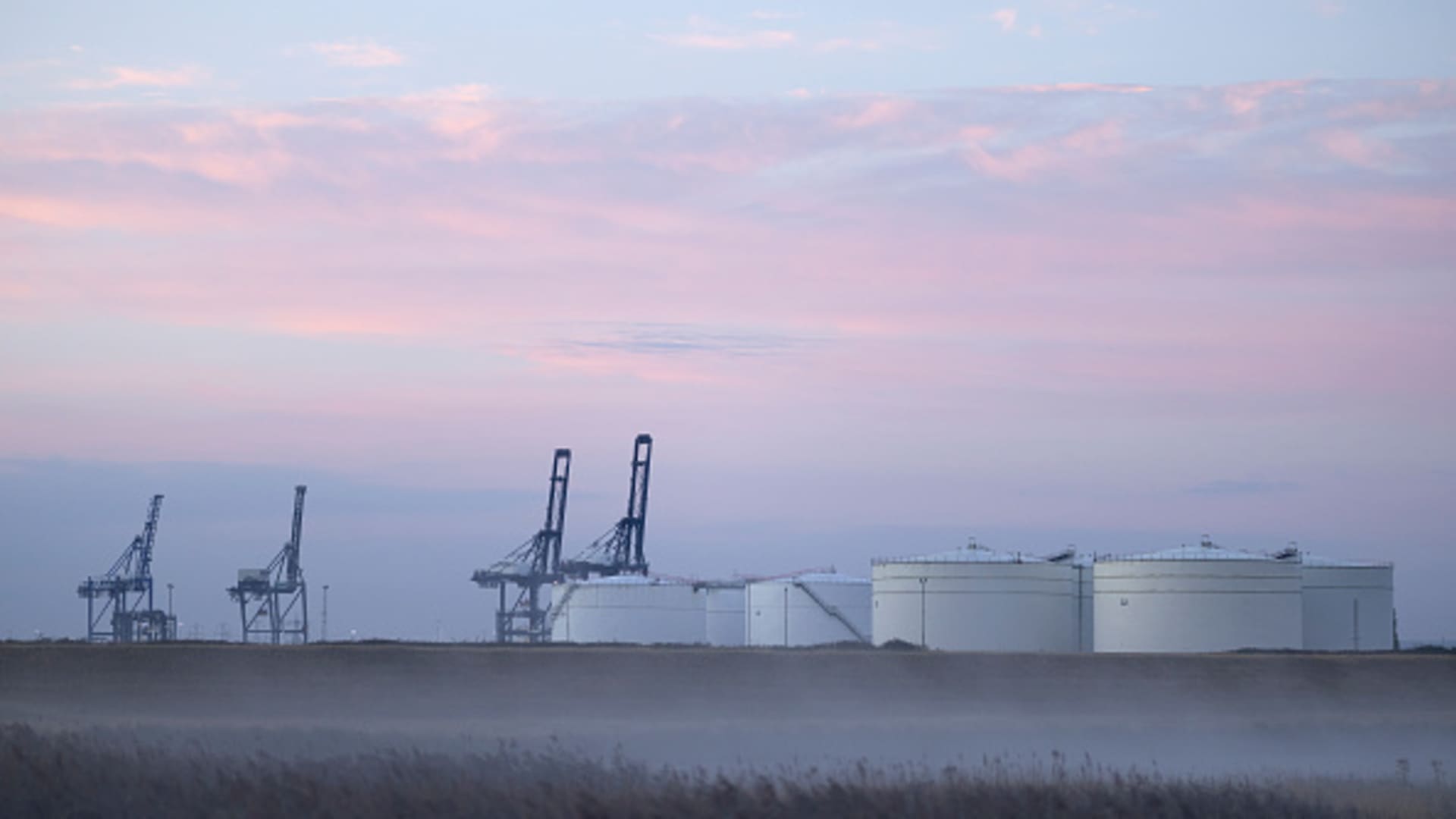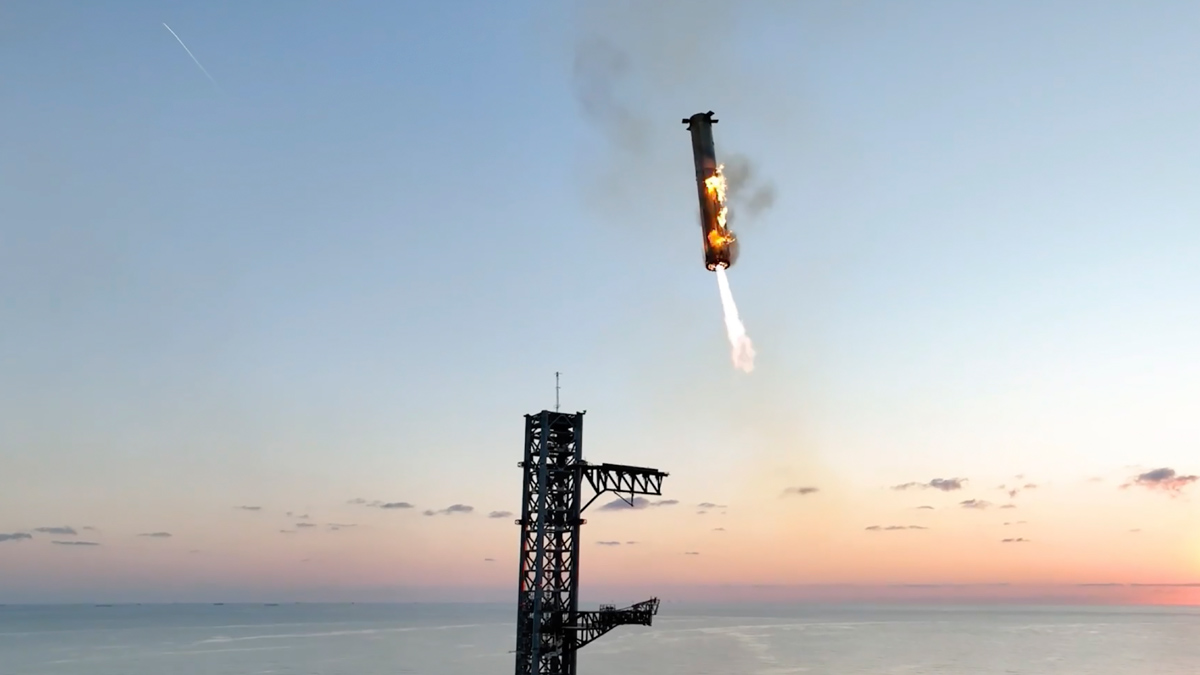Good morning! Let’s play Connections, the NYT’s clever word game that challenges you to group answers in various categories. It can be tough, so read on if you need clues.
What should you do once you’ve finished? Why, play some more word games of course. I’ve also got daily Wordle hints and answers, Strands hints and answers and Quordle hints and answers articles if you need help for those too.
SPOILER WARNING: Information about NYT Connections today is below, so don’t read on if you don’t want to know the answers.

NYT Connections today (game #500) – today’s words

Today’s NYT Connections words are…
- JEANS
- JACKET
- RAIN
- HAZE
- GOBLIN
- JAY
- BERET
- САВ
- MOON
- PAGES
- HEART
- THUMB
- PROSE
- SALAD
- WHALE
- JOURNALISM
NYT Connections today (game #500) – hint #1 – group hints
What are some clues for today’s NYT Connections groups?
- Yellow: [color] blank
- Green: [color] blank
- Blue: [color] blank
- Purple: [color] blank
Need more clues?
We’re firmly in spoiler territory now, but read on if you want to know what the four theme answers are for today’s NYT Connections puzzles…
NYT Connections today (game #500) – hint #2 – group answers
What are the answers for today’s NYT Connections groups?
- YELLOW: YELLOW ___
- GREEN: GREEN ___
- BLUE: BLUE ___
- PURPLE: PURPLE ___
Right, the answers are below, so DO NOT SCROLL ANY FURTHER IF YOU DON’T WANT TO SEE THEM.
NYT Connections today (game #500) – the answers

The answers to today’s Connections, game #500, are…
- YELLOW: YELLOW ___ CAB, JACKET, JOURNALISM, PAGES
- GREEN: GREEN ___ BERET, GOBLIN, SALAD, THUMB
- BLUE: BLUE ___ JAY, JEANS, MOON, WHALE
- PURPLE: PURPLE ___ HAZE, HEART, PROSE, RAIN
- My rating: Easy
- My score: Perfect
Happy birthday, NYT Connections! Yes, here we are at game #500, 18 months on from the first time we saw that grid of 16 words that needed rearranging into four groups. The NYT has duly celebrated with a game that neatly celebrates itself, in that each of the answers is a reference to its place on the board.
However, while today’s Connections is good fun, I do wonder about the wisdom of making all four groups their specific color with a blank – for instance PURPLE RAIN, PURPLE HEART, PURPLE PROSE, PURPLE HAZE for, yes, purple. One group like that, great. But four… well it just made it all a bit too easy, right?
It’s not like most of these blanks are hard to fill in, either – the only I didn’t know was [yellow] JOURNALISM, but otherwise they were all really obvious, even the purple ones. I’d solved the whole thing within about two minutes – and I bet you did too.
How did you do today? Send me an email and let me know.
Yesterday’s NYT Connections answers (Tuesday, 22 October, game #499)
- YELLOW: BRAND-NAME DESIGNER, HAUTE, HIGH-END, LUXURY
- GREEN: DEVISE CONCOCT, ENGINEER, HATCH, MASTERMIND
- BLUE: NASA SPACECRAFT GALILEO, PIONEER, VIKING, VOYAGER
- PURPLE: GAMES WHERE YOU SAY THE GAME’S NAME BINGO, MARCO POLO, TAG, UNO
What is NYT Connections?
NYT Connections is one of several increasingly popular word games made by the New York Times. It challenges you to find groups of four items that share something in common, and each group has a different difficulty level: green is easy, yellow a little harder, blue often quite tough and purple usually very difficult.
On the plus side, you don’t technically need to solve the final one, as you’ll be able to answer that one by a process of elimination. What’s more, you can make up to four mistakes, which gives you a little bit of breathing room.
It’s a little more involved than something like Wordle, however, and there are plenty of opportunities for the game to trip you up with tricks. For instance, watch out for homophones and other word games that could disguise the answers.
It’s playable for free via the NYT Games site on desktop or mobile.





































































































































































You must be logged in to post a comment Login